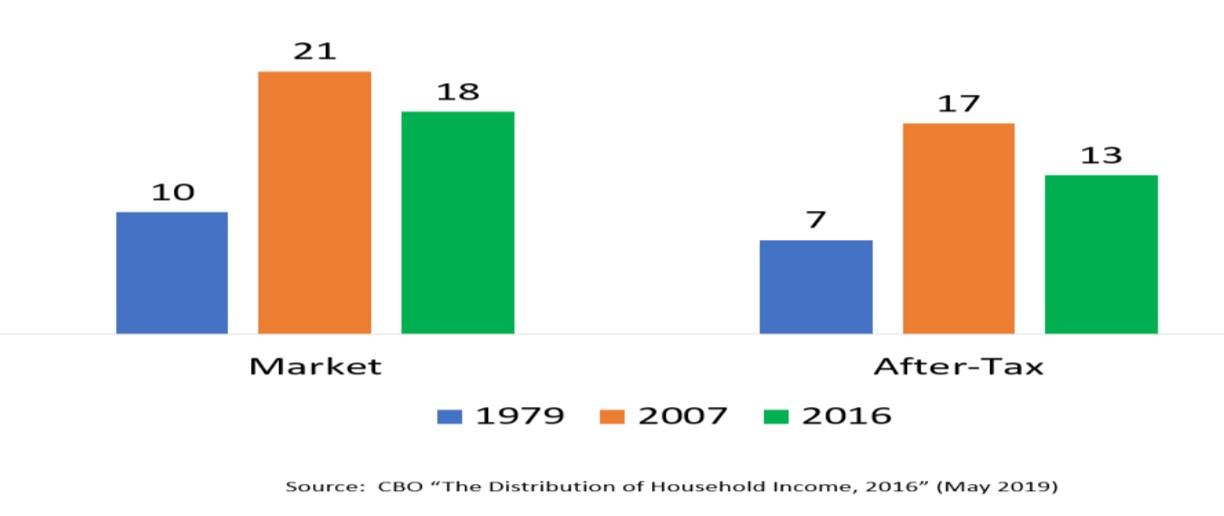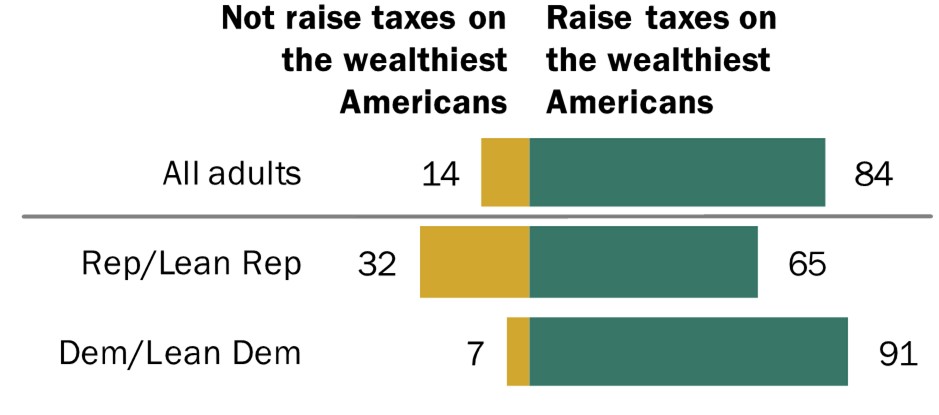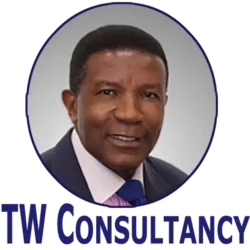Joe Biden’s first speech to a joint session of Congress, delivered as he approached his 100th day in office, clearly showed that this President aims to be transformational, not transitional. It set out his vision for a US society that allows people to prosper based on their abilities and one where those who do thrive have a responsibility for those left behind. And a society where those who are struggling are supported to achieve a decent standard of living; a community where those who fall behind are helped to survive.
In tenor and tone, it was a speech that departed from the fat-cat, cronyistic rhetoric of the Trump era and resonated with the ambitions we’d seen emerge during Obama’s terms in office. But, where Obama’s ambitions, supported by Biden as Vice-President, were limited by his ability to drive through change in the last six years due to a Republican House and Senate, Biden might have more chance of success if he can hold the House in 2022. Moreover, he must hope that the Pandemic will catalyse response, action and political will in the period that he has a majority, albeit narrow, in both houses. So much for the ‘sleepy Joe’ tag.
US fault lines exposed by Covid-19
Covid-19 and government reactions to contain or limit the virus has exposed the fault lines in US society, as it did everywhere else in the world. Though these societal fissures have existed for generations, the Pandemic’s deaths and lockdowns have drawn attention to them. It showed that the US is a country of huge inequality – where fabulous wealth exists side by side with terrible poverty – where Blacks died more than Whites, where the poor died in greater numbers than the rich, where the under-valued skills of nurses, cleaners, drivers meant more than those of investment bankers and CEOs in keeping the society functioning. It highlighted that access to basics like healthcare, food and housing is inadequate for too many and decided by wealth, ethnicity and social class.

Biden’s speech looked these fault lines squarely in the eye, accepted that they could not be ignored as they have been in the past, and came up with solutions to address them. It’s much more than a statement of intent – it’s a vision, underpinned by a strategy and a plan, which offers a multigenerational change in outcome for many Americans. In this sense, it’s well-thought-out, joined up and perhaps globally unique. Of all the major economies, Biden’s plan stands out as the only one to recognise the effects of the Pandemic.
Historically pandemics lead to change, and with this plan, Biden has laid out and responded to the issues that the Pandemic laid bare in the US. It may be that his reaction matches the societal mood and zeitgeist of the young in the US and those looking for a more optimistic future than offered in the last four years by the previous President.
Response is also to Global Recession a decade ago
But he is also reacting to the global recession of slightly over a decade earlier. The 2007/8 global financial crisis shook belief in the market economy to deliver ever-higher living standards for society by deregulation and opening up financial markets. Since the early 1980s – exemplified by Ronald Reagan in the US and Margaret Thatcher in the UK – right through to the 2007/8 financial crisis, there had been a belief that economic and financial market deregulation could solve the problem of delivering sustainable growth and prosperity for all.
But the crash showed that this was not true. The rescue of private sector private financial institutions by governments worldwide – and by default, the very wealthy people who ran them, undermined the contract or consensus that had prevailed for 27 years.

Since 2007/8, people who rely solely on income have seen almost zero gains in real terms, while those with access to financial assets have seen gains of well over 50%. To many – including market economists – the financial rescues smacked not of a free-market economy but of a rentier system where access to government and power rescued the wealthy from the consequences of their actions. Especially since the use of public money, including from low-income taxpayers, and monetary loosening made them more prosperous than ever. In a free-market economy, no firm should be ‘too big to fail’ and allowed to make money from taking risks but rescued when those risks do not pay off. A sense of unfairness in that outcome a decade ago has never really gone away since then.
Hence, Biden’s plan is an attempt to deal with the aftermath of the global financial crisis and the Pandemic. No other country has attempted that. In the UK, for example, the response so far to calls for social justice and racial inequality is to say, ‘move along, nothing to see here’. Indeed, the political authorities seem ready to pick a fight about the so-called ‘cancel’ culture. In direct response to BLM protest about historical statues to slave owners, it quickly passed a law giving 10-years in jail for anyone ‘damaging’ them.
Meeting challenges head-on
The challenges Biden has called out include:
– Economic / Social / Racial inequality
– Capital investment
– Human capital
– Climate change.
And his approach to these is multi-faceted, covering education, housing, childcare, the healthcare system, investment in infrastructure, in new technology and new skills. It will seek to lift tens of thousands of people out of poverty, address the issues of failing and aged physical infrastructure, provide digital access, and create the skills for tomorrow. It will invest in the pillars for growth: human capital, infrastructure and cutting-edge technological investment.
Geopolitical implication immense
If it succeeds, it will ensure the US is a formidable competitor on the global stage, with the ability to compete in areas such as global trade, technology and climate change. Biden is seeking the US that doesn’t just have a seat at the table, but that calls the tune. He has thrown down the gauntlet to governments elsewhere who have yet to respond to their fault lines. With his ambitious move, they now face whether they can afford not to take action and risk being left behind and faulted by their own electorates.
For all those who watched the unfolding of the Pandemic, the theatrics of the US election and the rioting at the Capitol and thought that democracy had failed, he’s shown that the thing about democracies is that they have the power to reinvent themselves. That ability to change and renew is something that autocracies can never do. In this way, rather than through trade wars and tariffs, Biden will open a gap and make America the exceptional nation again.
Affordable but is it achievable?
Of course, these ambitions come at a cost. A total of $6 trillion will be spent by Biden, on his economic rescue on infrastructure and on his Families plan. But, when you split that over eight years, it’s less than the US annual defence budget. Proposed tax increases on corporates and the wealthy may be a hard sell, but perhaps Biden has read popular opinion well; maybe this is an inflexion point. Plus, the anticipated uptick in growth that the plans will stimulate, and the projected boost in productivity, will mean that the investment will pretty much pay for itself over time.
So, the plan is affordable, but whether it’s achievable will come down to political will. Getting his proposals into legislation will be a significant political challenge. Still, many of these areas of policy will attract broad-based support, and it’s those areas that Biden needs to sell into to achieve the majority he needs to realise his vision.

Source: Pew research center
And that’s clearly what this is. Biden has accumulated learnings from his experiences – both private and political – and those closest to him. He has the benefit of age and an ability to reflect on what’s required to achieve his political aims, and, most importantly, he’s been gifted with a unique opportunity to transform a society that’s ripe for change. Perhaps he’s following in the footsteps of FDR, whose own New Deal addressed many of the issues that the Great Depression had highlighted, but could Biden’s legacy be even more remarkable? After all, he is addressing the shock of two one in ‘one in hundred-year’ events, and his plans are more inclusive (FDR’s New Deal essentially excluded African-Americans). Only time, of course, will tell.

